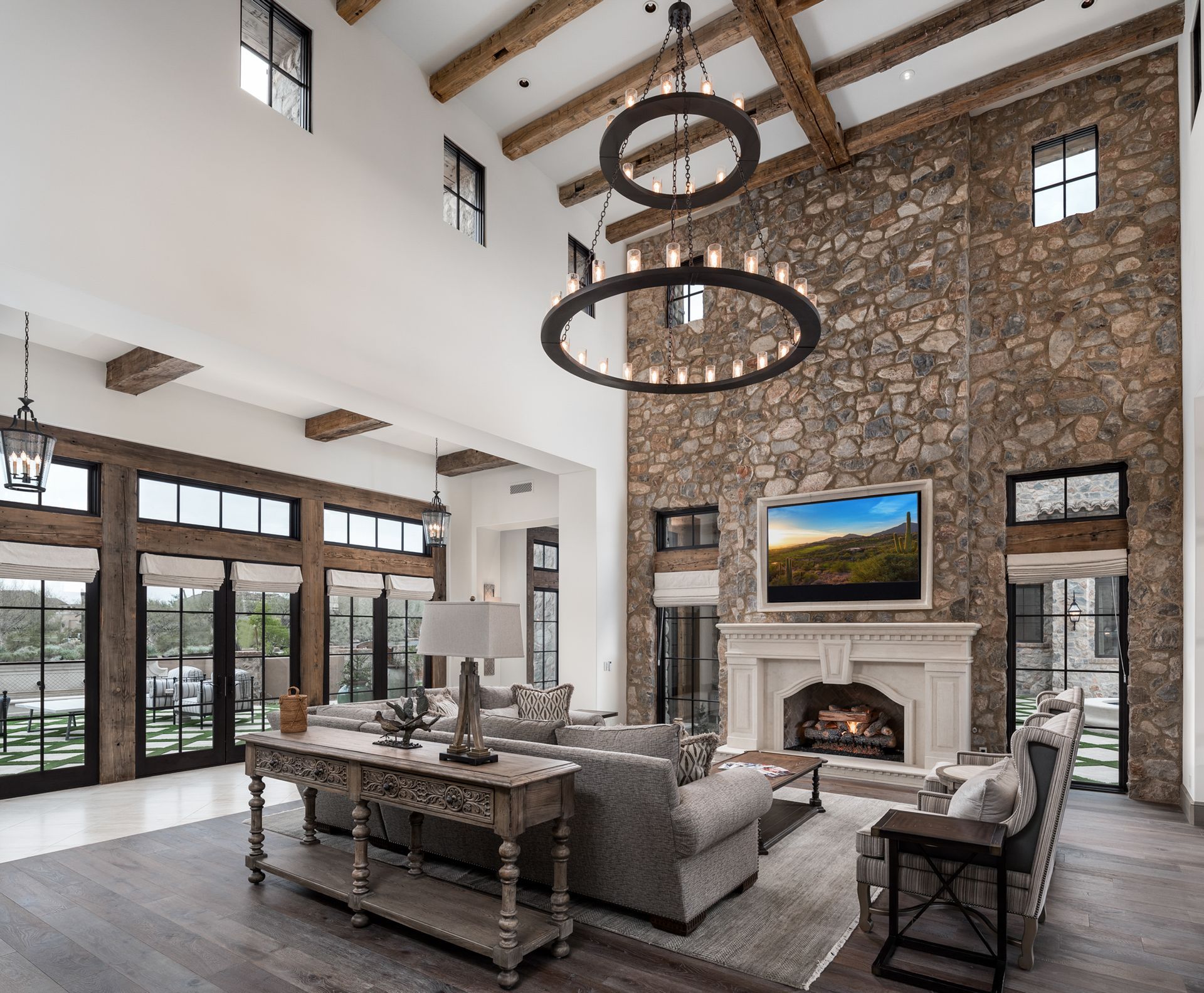Wainscoting Material
Non-Wood Wainscoting Material
Though wood is the traditional wainscoting material, not all wainscoting is wood. Try these durable, non-traditional materials for longlasting style.
PVC plastic
Smooth and paintable, extruded PVC beadboard may be too perfect for those wanting even a hint of woodgrain or sharp profiles, but it will never warp or rot.
Embossed Metal
For something completely different, the stamped tin we’re used to seeing on ceilings can also be fastened to walls. To make it less susceptible to dents, butter the back with plaster or joint compound before mounting the tile on a 3/8-inch plywood substrate.
Ceramic tile
Four-inch ceramic tile is almost as traditional for wainscoting as wood, especially in bathrooms. Many tilemakers offer profiles that can be used as cap and base moldings. Newer is tile “beadboard,” which combines a classic look with the durability and water resistance of tile
Embossed MDF
A 5/8-inch-thick, 32-by-48-inch sheet with the contours of three raised panels pressed into the surface. Gets fastened to the wall above base molding and capped with a chair rail. Lacks the shadow lines created by stiles, rails, and panels, and panel widths can’t be adjusted for specific wall lengths.
Shaped MDF
Covered with a hardwood veneer or factory-primed and ready for paint, MDF is used for beadboard, panels, stiles, rails, and moldings. More stable than solid wood, it eliminates problems caused by expansion and contraction.
Embossed drywall
A 5/8-inch-thick, 32-by-48-inch gypsum board with raised-panel shapes pressed into the face. In addition to sacrificing verisimilitude, you also must be willing to forgo any of wainscoting’s protective power.
The post Wainscoting Material appeared first on Fratantoni Luxury Estates.













